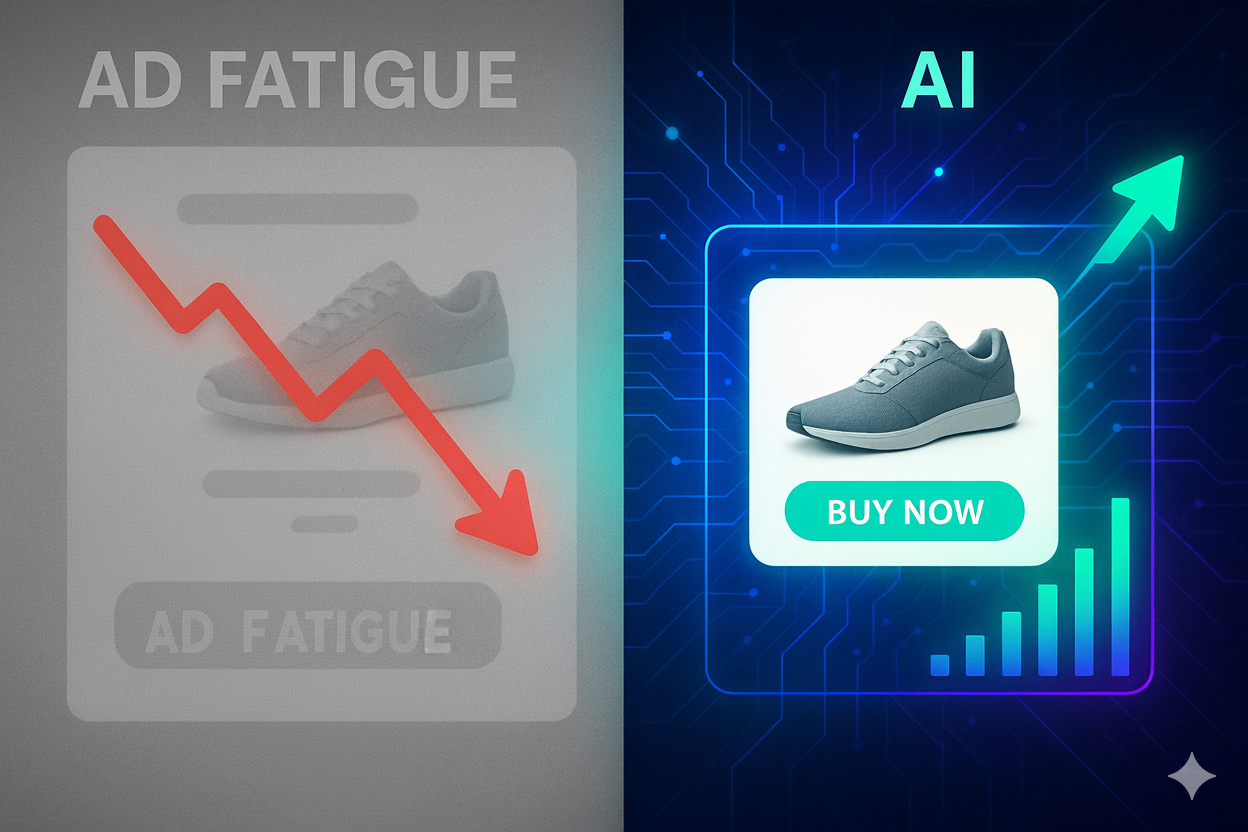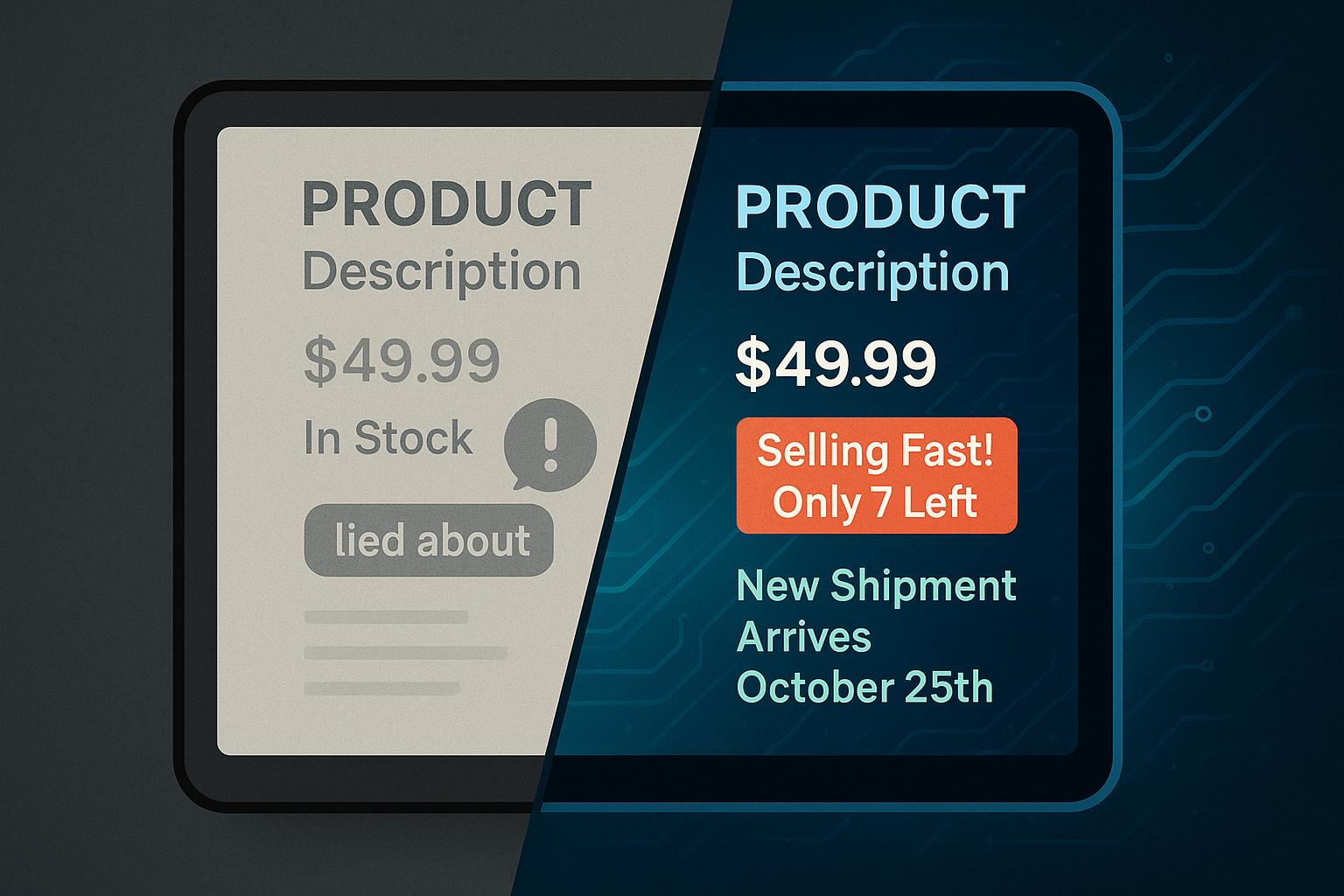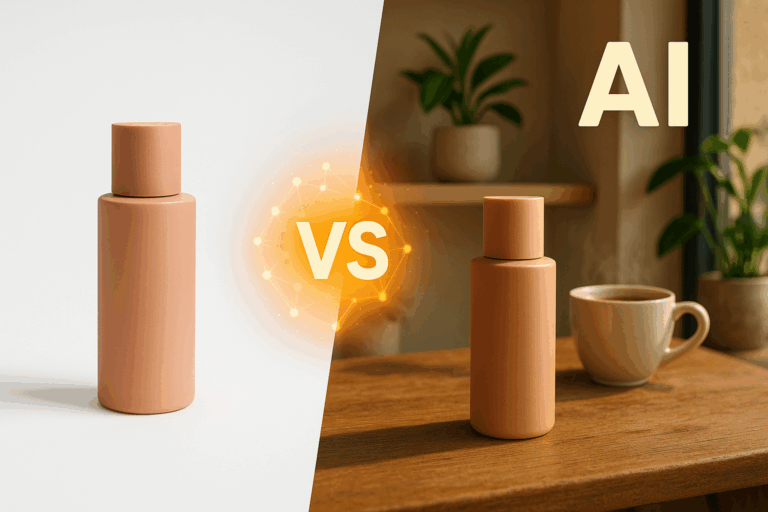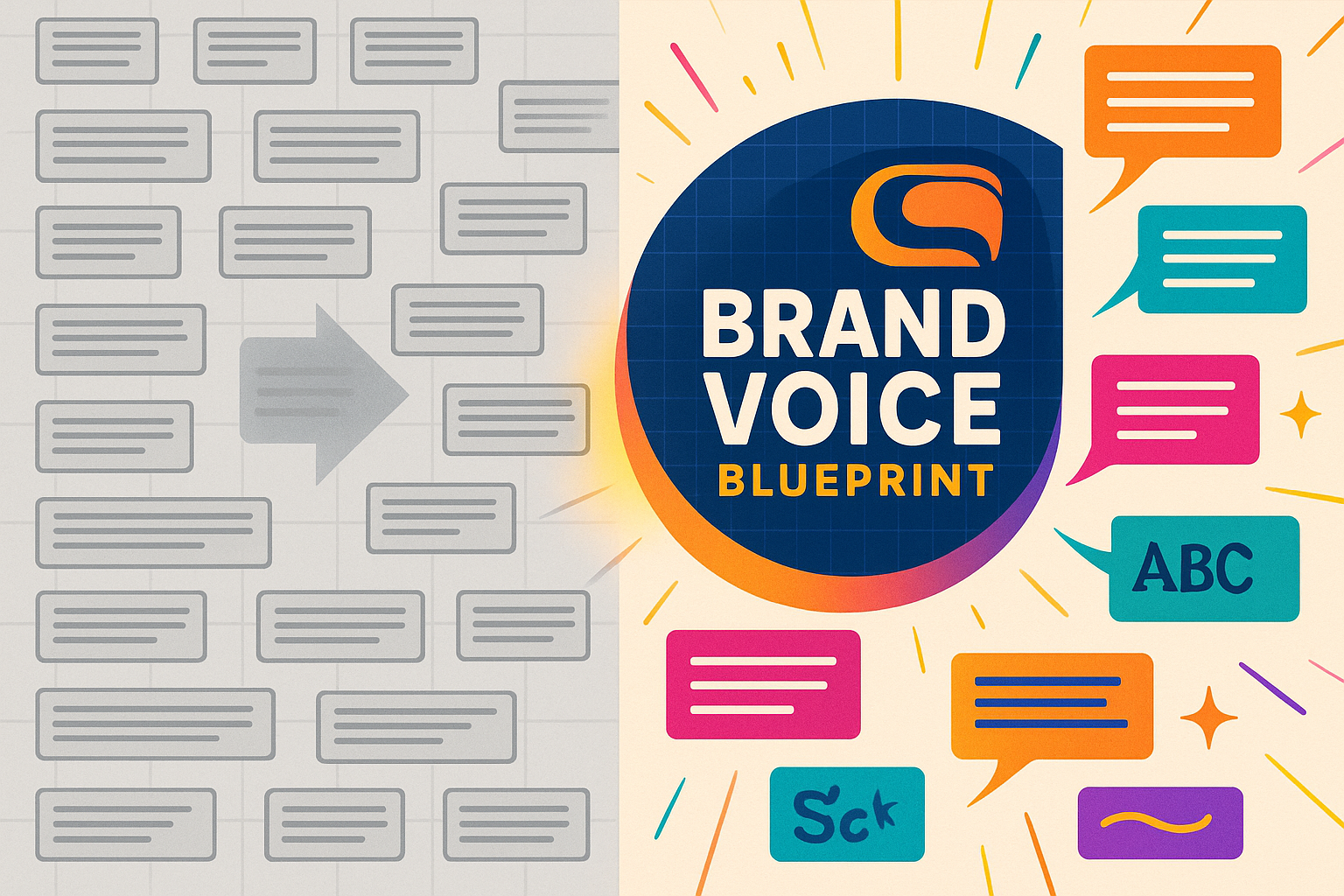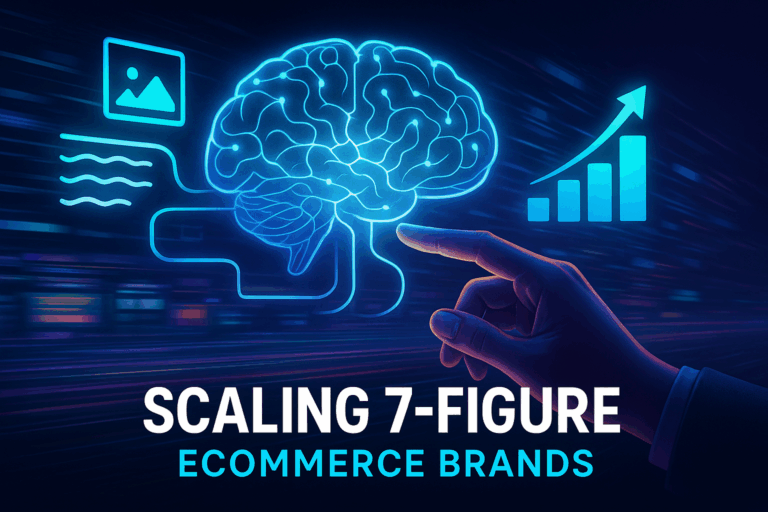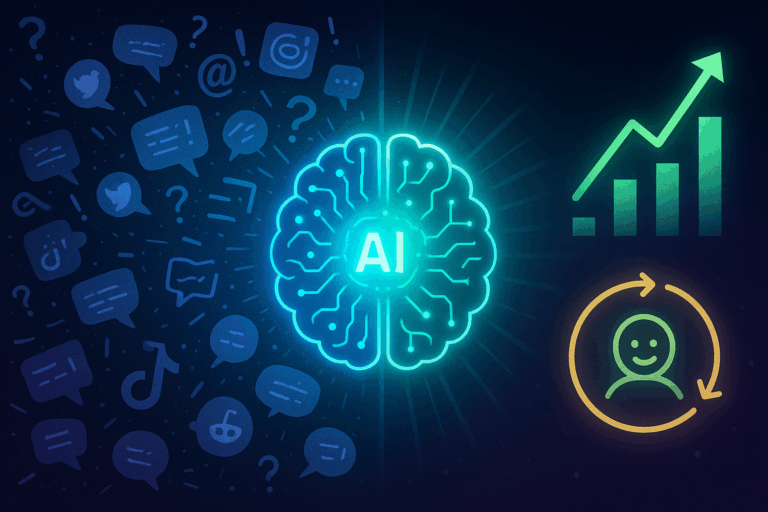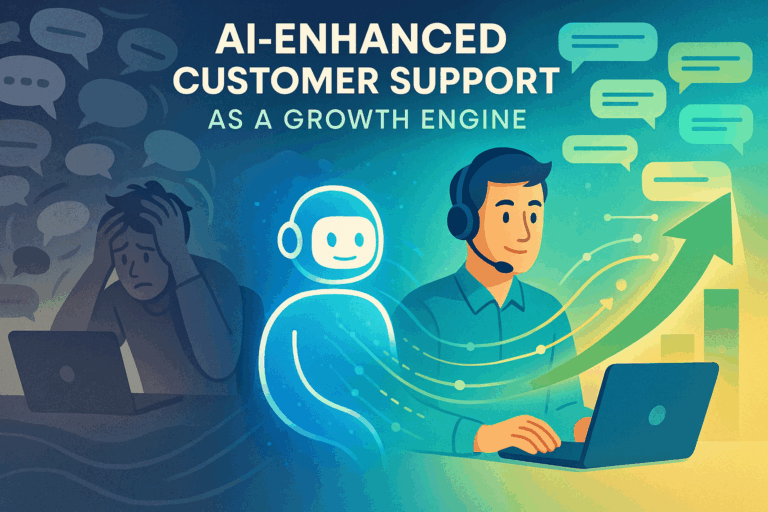You know the pattern. An ad that crushed last week suddenly falls flat. CTR drifts down, CPA drifts up, and before you know it the “winning ad” is just another line item quietly eating budget.
That’s ad fatigue.
It’s not dramatic, but it’s expensive. The same people see your ads too many times, they stop noticing, and the platforms keep happily spending your money.
For years, marketers have played a reactive game of whack-a-mole—manually spotting dying ads, scrambling to get new creative approved, and launching it just as another campaign starts to fade.
But what if you could see the fatigue coming? What if you could automatically refresh your creative before your audience even gets bored?
This is no longer a futuristic dream; it’s the new reality powered by AI. Here’s what this means for your brand.
What Is Ad Fatigue, Really? (And Why It’s Silently Killing Your ROI)
At its core, ad fatigue is what happens when your target audience sees your ad so often that it becomes invisible background noise. Repetition breeds irrelevance. They stop clicking, they stop engaging, and your campaign’s efficiency plummets.
But it’s not just one problem; it’s two distinct challenges:
- Creative Fatigue: Your audience is tired of seeing the same ad. The image, the headline, the video—it’s all become too familiar and lost its impact.
- Audience Fatigue: It’s not that people suddenly dislike your brand — it’s that you’ve hammered the same segment too hard. Without balancing TOFU, MOFU, and BOFU, even the best creative will burn out. Sometimes the answer isn’t “new ads” but redistributing budget across the funnel.
The financial toll is staggering. Research shows that when creative fatigue hits, ad costs can increase by up to 2x while conversions plummet. It’s a vicious cycle: as performance drops, platforms may serve your ad more to hit budget goals, which only accelerates the fatigue.
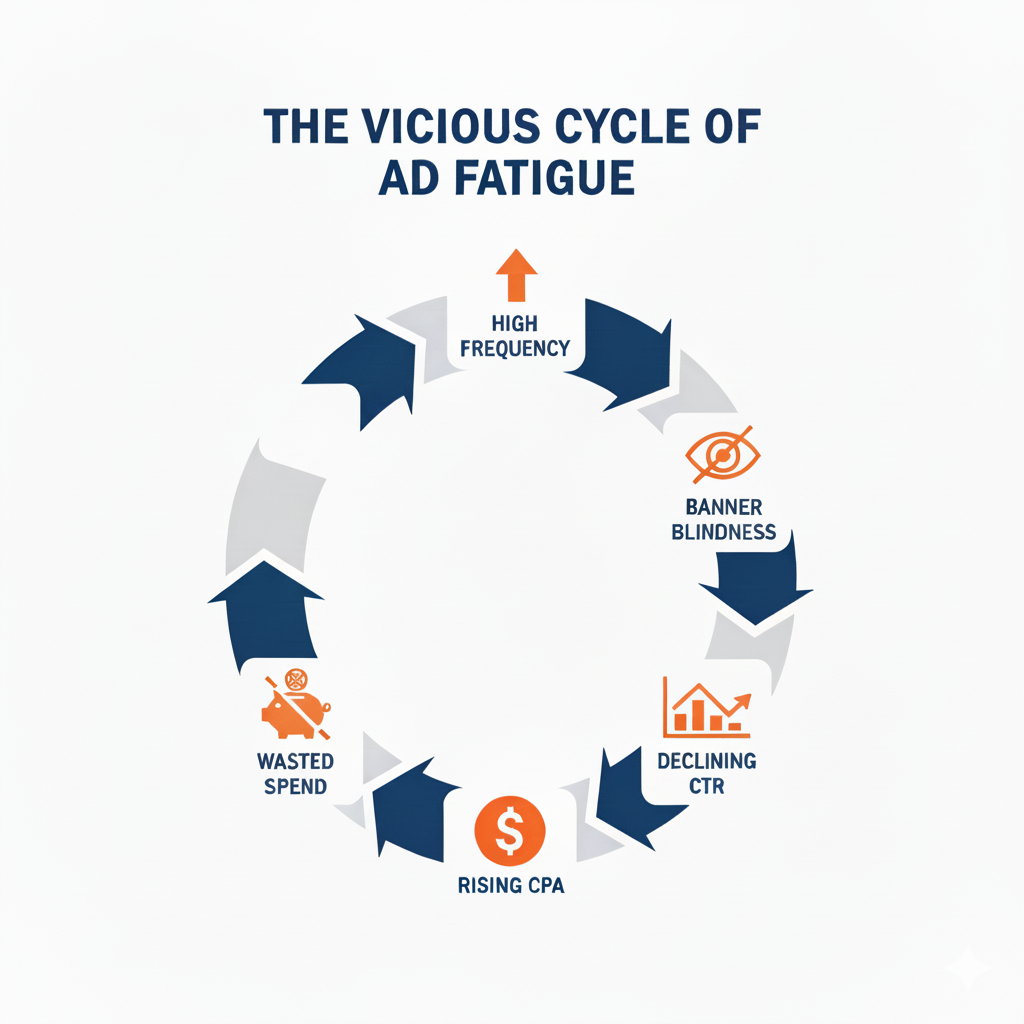
This cycle turns your best-performing assets into budget drains, forcing you into a constant, stressful loop of creative production and campaign relaunches.
Spotting the Signs: The Old Way vs. The AI Way
Traditionally, detecting ad fatigue has been a manual, painstaking process. Marketers spend hours buried in spreadsheets, looking for tell-tale signs like a steady 10-15% week-over-week decline in CTR or a frequency score creeping past a subjective threshold.
The problem with this approach is that by the time you’ve confirmed the trend, the damage is already done. You’ve wasted days, if not weeks, of ad spend on a campaign that’s no longer working.
AI changes the game entirely by shifting from reactive analysis to predictive monitoring.
Instead of just looking at one or two metrics in isolation, AI algorithms analyze thousands of data points in real-time. They learn the unique performance signature of a healthy campaign and can spot the subtle, early warning signs of fatigue long before they’d appear on a human-reviewed report.
How AI Actually Fights Ad Fatigue (Beyond the Buzzwords)
So how does an AI move from simply detecting fatigue to actively combating it? It’s not magic; it’s a combination of intelligent monitoring, automated creation, and smart optimization working together.
1. Automated Creative Refresh with Generative AI
This is where AI has the most visible impact. Instead of waiting for a designer to create new ad variations, AI can do it instantly. Using Dynamic Creative Optimization (DCO) powered by generative AI, a system can take your core product assets and automatically create hundreds of new ad permutations.
It can:
- Swap out backgrounds.
- Rewrite headlines in different tones.
- Change call-to-action buttons.
- Generate entirely new ad copy based on top-performing concepts.
The AI then launches micro-tests on these variations, identifying the next winning combination and automatically rotating it into the campaign before the current leader burns out — keeping your creative fresh without waiting for a crisis.
2. Intelligent Audience and Frequency Management
Sometimes, the ad isn’t the problem—it’s the audience. AI excels at identifying audience saturation. An algorithm can automatically:
- Apply Smart Frequency Caps: Instead of a blunt “show ad 5 times a week” rule, AI can adjust frequency based on engagement. If a user isn’t responding, the AI pulls back to avoid burnout.
- Rotate Audience Segments: The AI can pause delivery to a fatigued audience segment and reallocate the budget to a fresh one, like a lookalike audience that hasn’t been heavily targeted yet.
- Identify Cross-Platform Fatigue: As industry data suggests, fatigue often spreads predictably: hitting Meta first, then TikTok a few days later, and finally Google’s Display Network. A sophisticated AI can see the fatigue starting on Facebook and proactively reduce exposure on TikTok before performance drops there, too.
3. Predictive Performance Modeling
The most advanced AI systems don’t just react—they predict. By analyzing historical data, an AI model can forecast when a specific creative is likely to start fatiguing based on its current trajectory.
This gives marketers a powerful advantage. Instead of getting an alert that a campaign is already underperforming, you get a notification that says, “Ad Set B is projected to experience a 20% drop in ROAS within the next 48 hours. We recommend activating new creative variation X now.”
This proactive approach is key to maintaining stable, efficient growth.
Your New Role: The AI-Powered Strategist
A common myth is that AI is here to replace marketers. The reality is that AI doesn’t eliminate the need for strategy; it amplifies it.
Your role is shifting from tactical monitoring to strategic governance. AI is a powerful but junior team member: tireless at testing, blind to business context. Your job is to train it with the right inputs, interpret where it drifts, and guide it toward results that actually matter for the business.
A winning strategy integrates insights from across the business, from AI-driven discovery trends to intel gained from monitoring competitor pricing and product offerings. The AI executes the tactics, but you guide the overall vision.
FAQ: Your Ad Fatigue Questions, Answered
What’s the difference between creative fatigue and audience fatigue?
Creative fatigue is when your audience is tired of a specific ad. Swapping the creative can fix it. Audience fatigue is when a segment of your audience has been hammered too hard. You need to rest that audience and find new people to talk to.
How quickly can ad fatigue set in?
It varies dramatically. For a small, niche audience on a platform like Meta, fatigue can set in within a few days. For broader campaigns on Google Search, it can take much longer. AI helps monitor this across all campaigns without guesswork.
Can I just lower my ad frequency to fix it?
Lowering frequency can help, but it’s a blunt instrument. It might reduce fatigue, but it also reduces your reach and potential conversions. AI offers a more nuanced solution, adjusting frequency dynamically based on individual user engagement.
Does AI replace my creative team?
No, it empowers them. AI is great at generating variations and optimizing what already works. It still relies on the strategic, emotional, and brand-aligned concepts that only a human creative team can produce. AI handles the iteration; humans handle the innovation.
From Reactive Fixes to Proactive Growth
Ad fatigue is no longer an unavoidable cost of doing business. With AI, it’s a solvable problem.
By embracing AI-powered tools, you can move from a reactive cycle of crisis management to a proactive system of continuous optimization. You can keep your messaging fresh, your audience engaged, and your ad spend efficient.
This isn’t just about saving money on underperforming ads; it’s about building a more resilient, intelligent, and scalable advertising engine that can establish topical authority and consistently drive growth.
The future of advertising isn’t about working harder; it’s about working smarter. The smartest brands are using AI to stay ahead of fatigue — spotting it early, refreshing creative on time, and reallocating budget before performance tanks.
But they don’t hand over the keys entirely. They govern the system, ensuring AI’s speed and scale work in service of business strategy, not just platform metrics.

